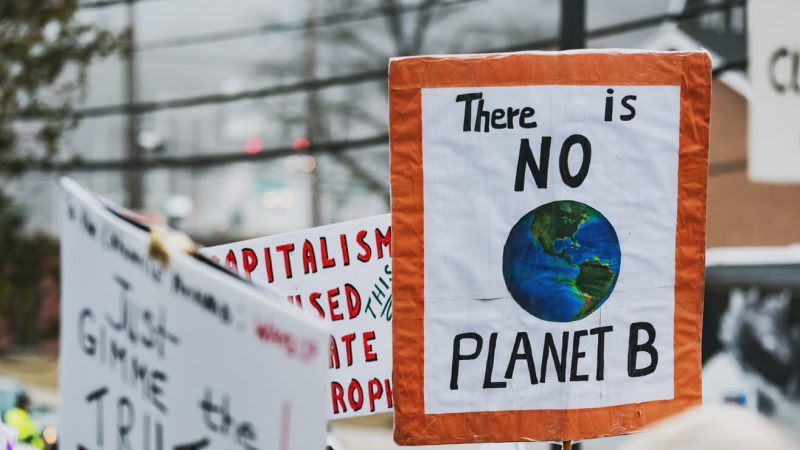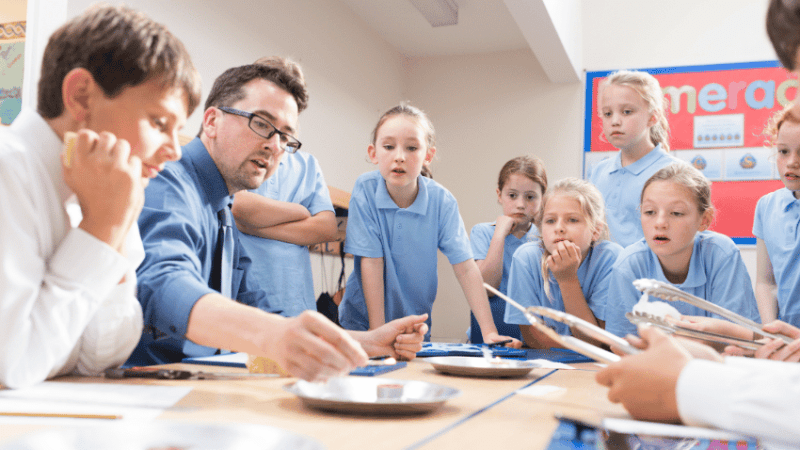Earth Day activities – Great 2025 ideas for schools
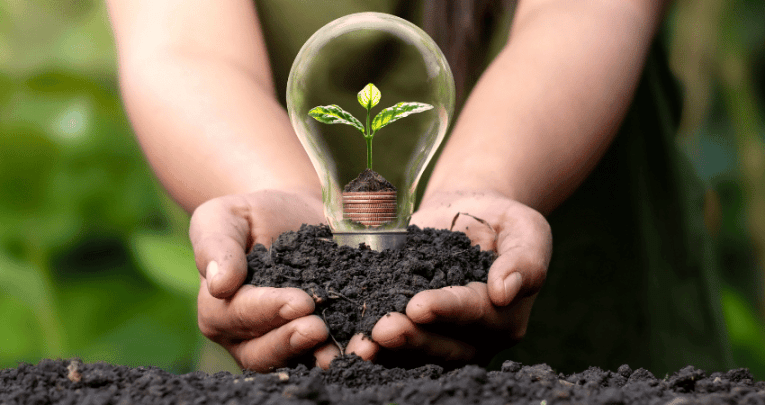
Celebrate Earth Day in your school with these free resources, activities and ideas…

- by Teachwire
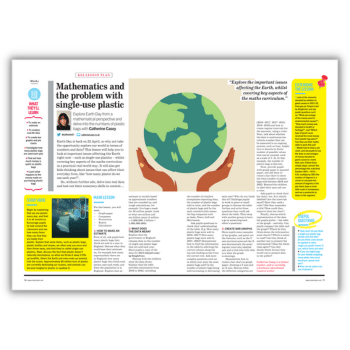
Plan some Earth Day activities that educate and inspire students with these easy ideas…
What is Earth Day?
Earth Day happens every year on April 22nd to raise awareness of environmental concerns. The first Earth Day was held in 1970. It’s now a popular hook for schools to use to have conversations with pupils about climate change.
Celebrations include various events coordinated globally by earthday.org. Around 1 billion people in more than 193 countries take part. The official theme for 2025 has yet to be announced but the theme for 2024 was ‘Planet vs Plastics‘.
When is Earth Day 2025?
Earth Day is celebrated on Tuesday 22nd April.
Earth Day activities for schools
Plastic pollution lesson plans
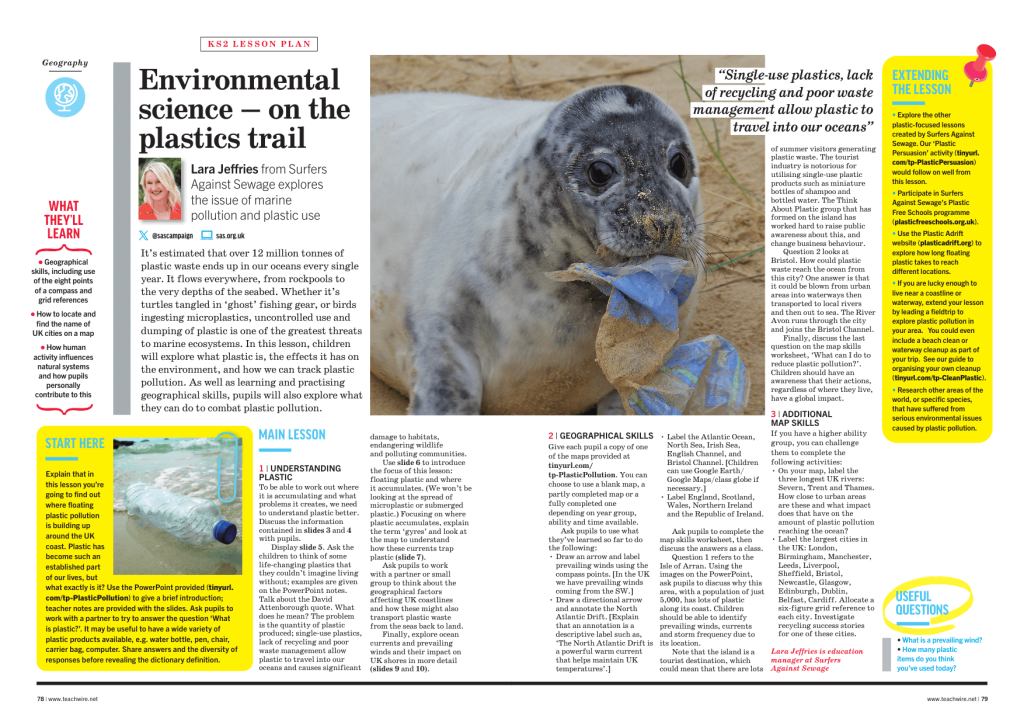
Use this free KS2 plastic pollution lesson plan to explore the issue of marine pollution and plastic use. Children will explore what plastic is, the effects it has on the environment, and how we can track plastic pollution.
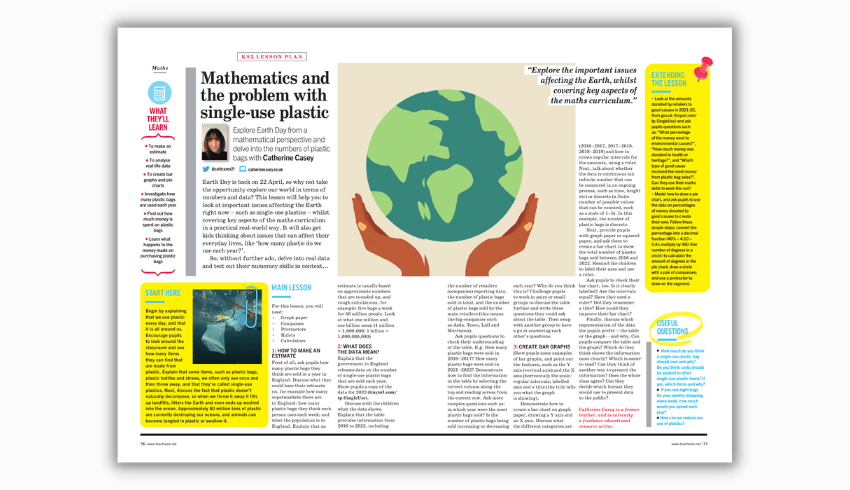
This free KS2 maths lesson plan will help you to look at the important issue of single-use plastics with your class. You’ll cover key aspects of the maths curriculum in a practical, real-world way by delving into real data.
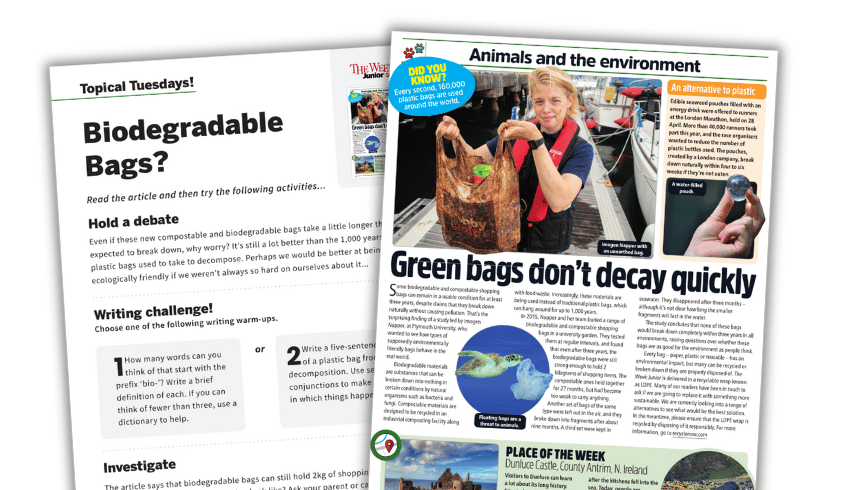
Still on the theme of plastic bags, we also have this news article from The Week Junior about the effects of plastic bags on animals in the ocean, with accompanying classroom activities.
Earth Day activity booklet
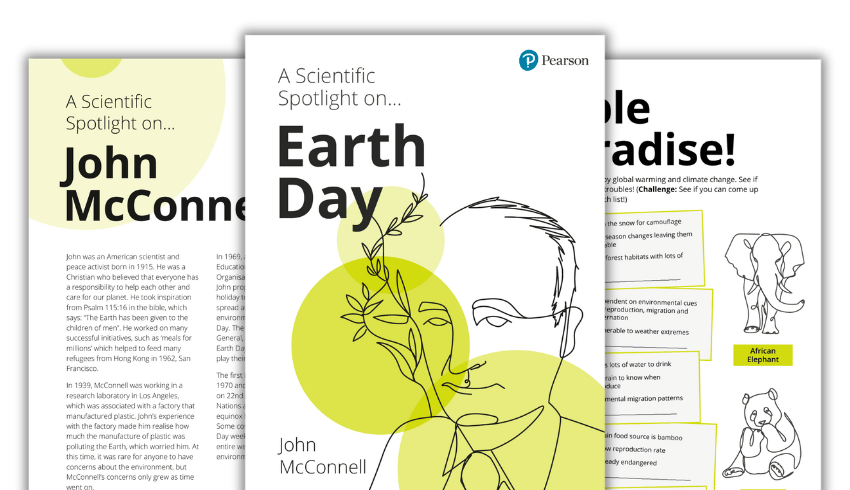
Use this free Earth Day activity booklet from Pearson to explore key facts about John McConnell, the founder of Earth Day. There are also fun activities and discussion starters for your students.
Climate change KS2 scheme of work
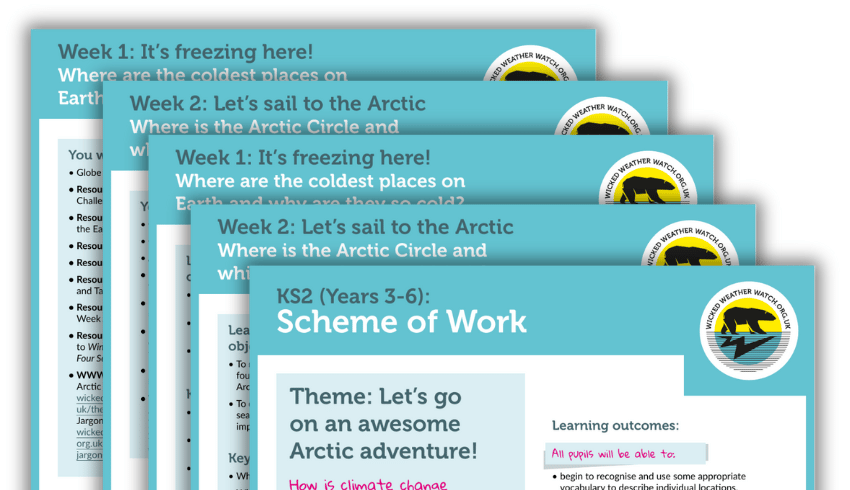
You can use this KS2 climate change scheme of work from Wicked Weather Watch as a complete resource over six (or more) weeks. Alternatively, use individual activities on their own or to support your teaching of other themes or subjects.
Wicked Weather Watch has also produced a resource featuring simple ideas kids can try to reduce their carbon footprint.
Climate change debate reading and writing activity
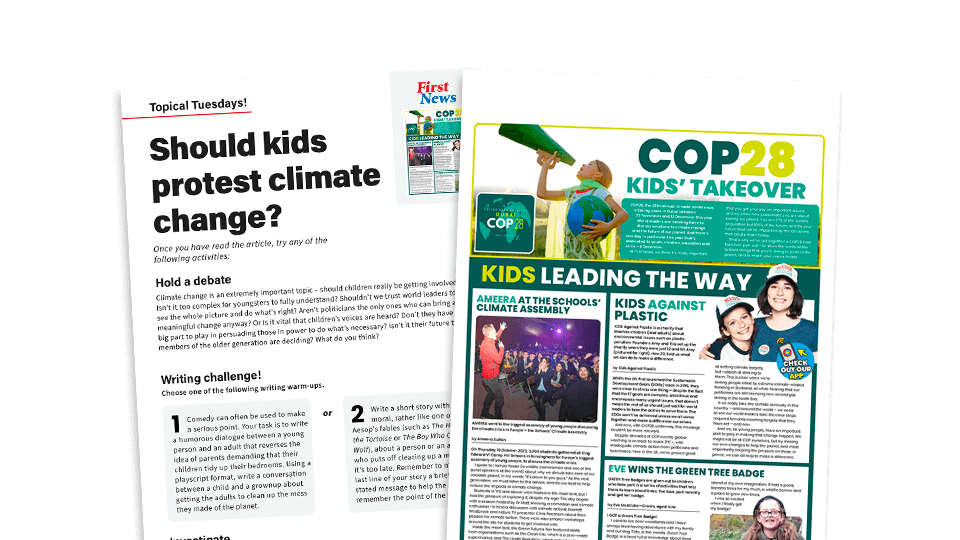
This free resource pack for KS2 includes a story about COP28 from First News newspaper, plus a sheet of activities designed to get children talking, thinking and writing about the world around them.
Official Earth Day resources
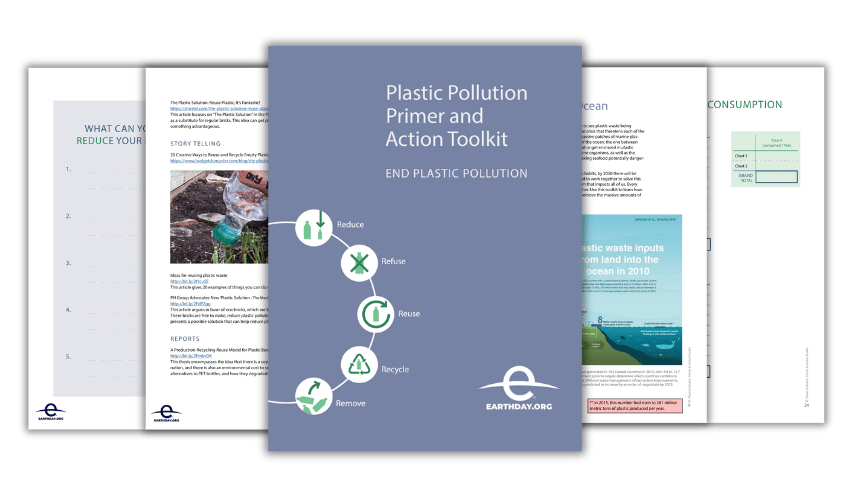
For this year’s ‘Planet vs Plastic’ theme, you can host a plastic-themed Earth Day quiz, share fact sheets about plastic pollution and download an End Plastic Pollution toolkit.
Climate change assembly
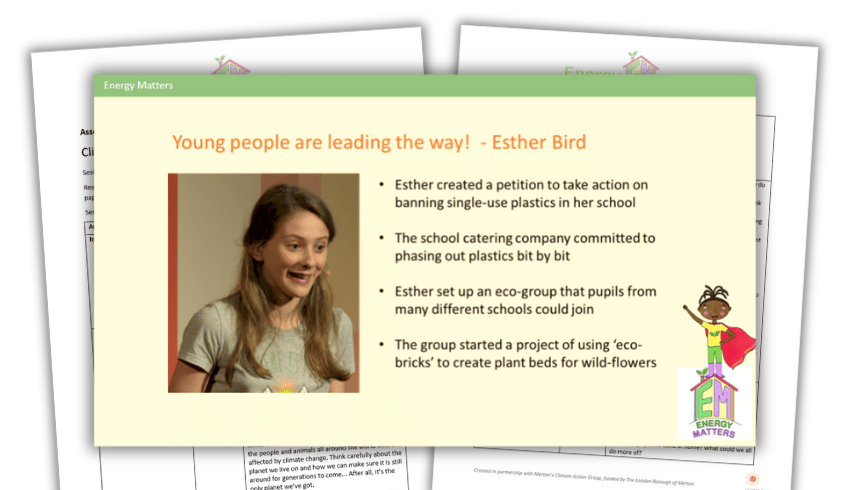
This climate change assembly from fuel poverty and climate charity, Centre for Sustainable Energy, takes about 30 minutes to deliver. It covers climate change, how it affects humans and animals and how young people can take action.
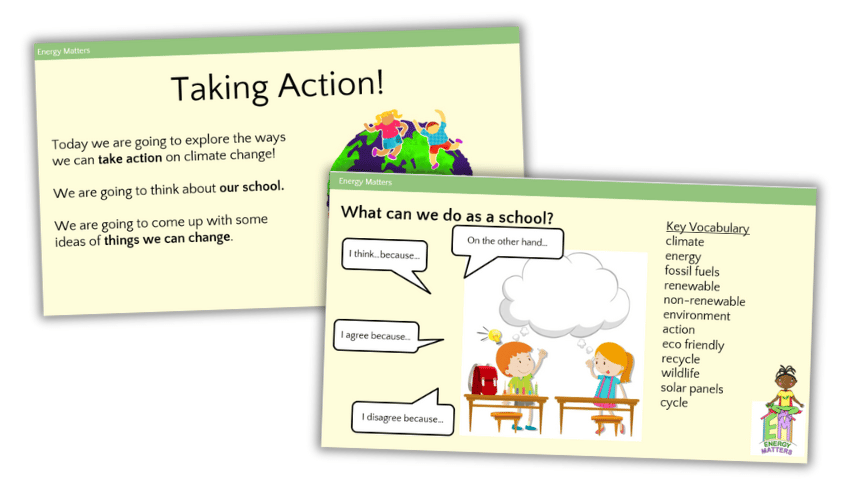
There are also free, adaptable climate change lesson resources from the Centre for Sustainable Energy that will help you teach this important subject in primary school.
KS1 renewable energy lesson plan
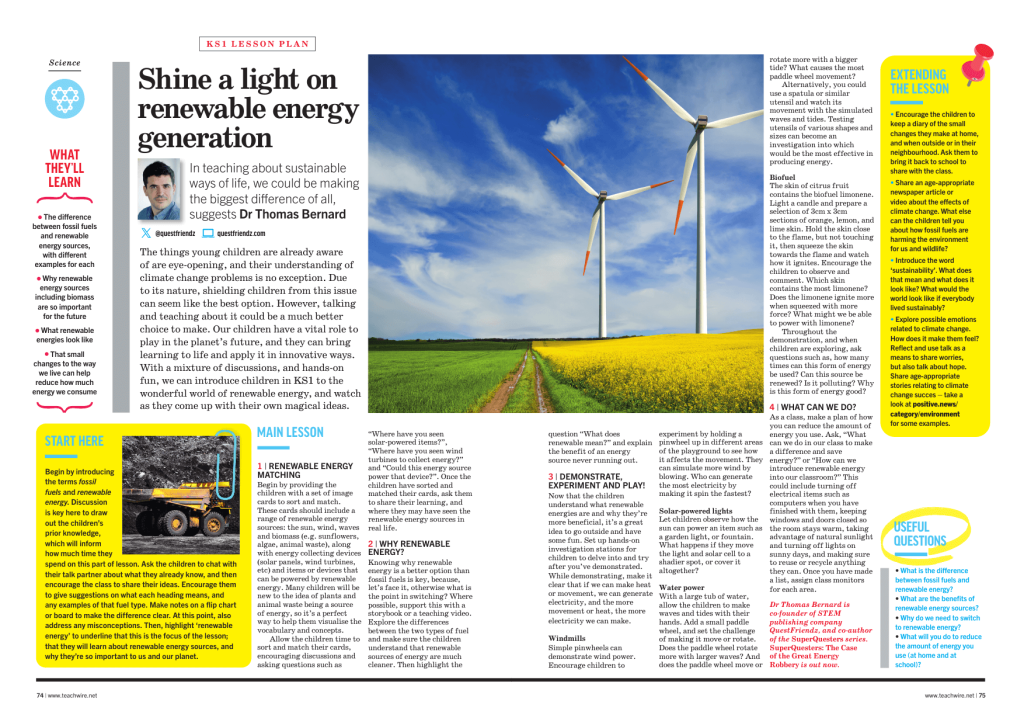
With a mixture of discussions and hands-on fun, use this KS1 climate change lesson to introduce children to the wonderful world of renewable energy.
KS2 book topic
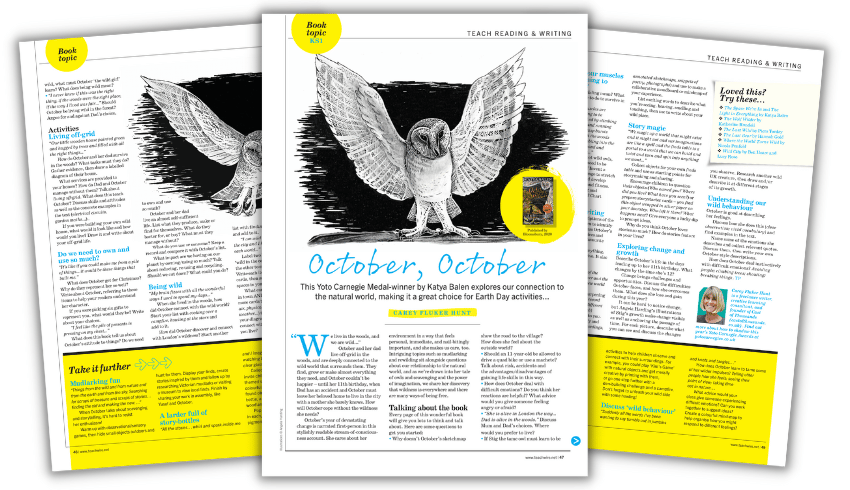
October, October by Katya Balen explores our connection to the natural world, making it a great choice for Earth Day. Every page of this wonderful book will give your class lots to think about. Use this free plan to explore the book in a cross-curricular way.
KS2 RE medium-term plan
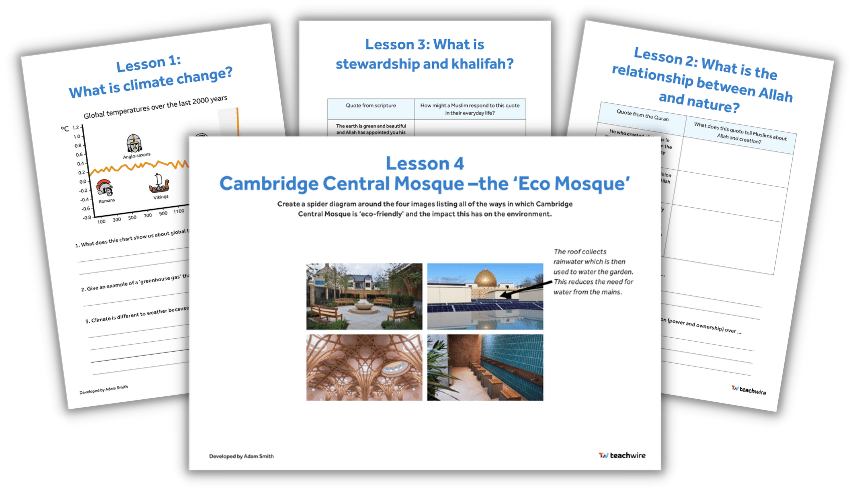
Lots of subjects lend themselves to climate discussions, including RE. This free medium-term plan by Adam Smith explores stewardship in Islam, how the Hajj pilgrimage is being affected by the climate and more.
STEM activities from IET
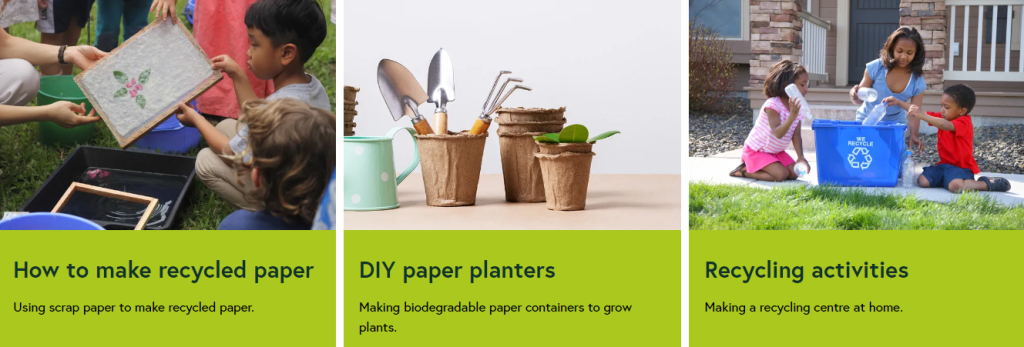
These free primary STEM resources from The Institution of Engineering and Technology can support your teaching around Earth Day. Activities include:
- Making recycled paper
- Making DIY paper planters
- Creating a litter collection pictogram
- Measuring tree trunk circumferences
Design a waste-free lunch
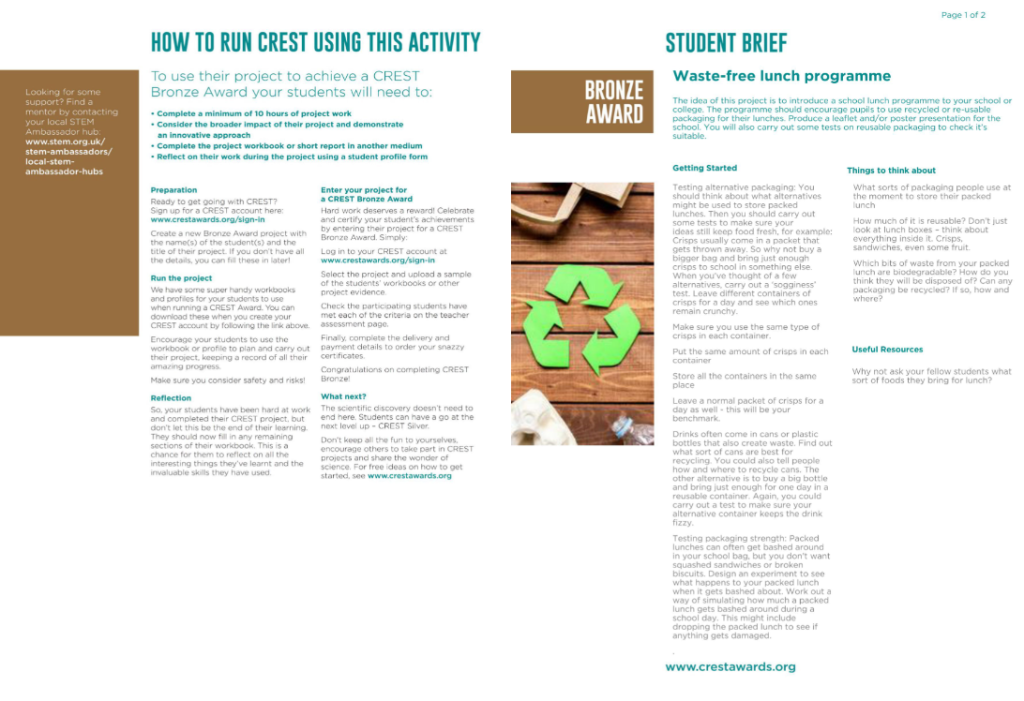
Whether you’re taking part in the CREST Award scheme or not, this online booklet for KS3 will get pupils thinking about food and the environment. The idea of this project is to design a school lunch programme that uses recycled or reusable packaging. Students need to produce a leaflet or poster and carry out tests on reusable packaging.
How to teach about the climate

Want to engage your pupils with the crisis without scaring them? Try these ideas from Nicola Penfold to show children the happy side of environmentalism…
1. Find relevant books
There are many brilliant, engaging, thought-provoking stories out there to capture your students’ imagination and interest, including The Last Bear by Hannah Gold, Where the River Runs Gold by Sita Brahmachari and The Last Wild books by Piers Torday.
For younger children, there’s a raft of picture books about protecting nature and plastic in the ocean, etc.
These titles generate conversation and empower change. They can also be prompts for creative writing.
A ‘climate-fiction’ story provides an intriguing setting and a ready-made goal (finding clean water/air/land/food/justice). Pupils can write survival stories, journeys and revolutions.
2. Get gardening
The nature crisis comes hand-in-hand with the climate crisis. Teach them together. Schools can make a big difference to biodiversity locally.
If every school encourages wildlife into its grounds – wildflowers, log piles, bird feeders, ivy screens separating playgrounds from roads – this adds to nature corridors up and down our country and allows more species to thrive.
It enables all pupils to play a part in protecting their local environment, too, whether they have outside space at home or not.
3. Go outside
Being in nature is good for us. The evidence is overwhelming. It makes us happier, healthier, calmer, even kinder.
Make time to take your class outside to any wilder areas in your school grounds, or visit local green spaces.
Enjoying being in the natural world is a gift you can give your pupils that, like reading for pleasure, they can benefit from their entire lives.
“Enjoying being in the natural world is a gift you can give your pupils”
The climate and biodiversity crisis are the biggest challenges we face, and there are difficult times ahead, especially for younger generations.
Many young people know this and are frightened. Equip them with the solace nature can provide.
4. Model eco-friendly behaviour
Reducing waste, encouraging recycling, introducing meat-free days, avoiding single-use plastic, starting a school compost heap – these habits spread out to families and the benefit goes well beyond the classroom.
Don’t underestimate the power of what you model and teach. One of my daughters learned about palm oil and orangutans at school and this directly changed our family’s shopping habits.
5. Stay tuned to current events
Many organisations reach out to schools with climate education tools, for example WWF has free live lessons you can register for online.
All these things increase around Earth Day in April. Celebrate it in your school.
You can also have a go at identifying wildlife you see outside.
It doesn’t matter if your starting point is ignorance; show curiosity and learn alongside your pupils (or from the more nature-literate ones among them).
6. Find out about natural climate solutions
What is rewilding? What natural habitats capture and store carbon? It goes way beyond trees. When researching my book I was fascinated to learn about the part whales play in the climate.
They feed in the depths of the ocean, but return to the surface to poo. Their excrement feeds vast plumes of phytoplankton, which in turn captures carbon dioxide (four times as much as the Amazon rainforest!).
When a whale dies naturally, it sinks to the ocean floor and the carbon in its enormous body is locked away for centuries.
Knowing that the natural world has in-built climate solutions can give us hope, and also make us double down on our efforts to protect it.
Nicola Penfold is author of Beyond the Frozen Horizon (£7.99, Little Tiger).
Using trees to teach climate change in KS3

We hear from Forestry England about how a discussion of trees can be the springboard for some powerful lessons on climate change…
Trees play a vital role in tackling the climate emergency, by absorbing carbon dioxide and storing it as carbon in the form of wood. They can also play an important role in reducing flooding and keeping our air clean.
Introduce your students to the role that well-managed forests play in tackling the climate emergency by watching the below video.
Whether your school is located near a forest or not, trees can still be used to spark useful discussion. The cross-curricular activities below can be completed sequentially over several weeks.
Remember that it’s important to reassure your students that actions they take now can have an important positive impact in future.
1. Get outside
Take students outside and ask them to hug a tree in the school grounds or your local area – it’s a fun way to introduce the topic.
Discuss the tree’s natural and seasonal processes. How does it function? Where does it store carbon? What role does it play in absorbing carbon dioxide and releasing oxygen?
2. Talk it through
Lead a discussion on how planting more trees can help ease local issues. Topics that could be covered here include sustainable timber, wildlife habitats and the wellbeing benefits of spending time in green spaces.
3. Self-reflect
Ask students to calculate how much carbon a specific tree can store, using this carbon capture activity sheet. Then ask students to research how much carbon they use themselves each day or week – this carbon footprint analysis table can provide a good starting point.
How many trees would you need to plant to offset this carbon, both individually and for the whole class?
4. Carry out an audit
Discuss whether there’s enough land to keep planting more trees to sequester our carbon needs. What else does your class think we could do collectively to help reduce carbon dioxide emissions?
Split students into smaller groups and ask them to walk around the school, carrying out an audit of small changes that can be made to help reduce carbon emissions.
Focus on areas such as energy, water, food, sustainable materials, waste, transport and biodiversity.
5. Weigh up the solutions
Review the groups’ audits during an open discussion, encouraging students to consider which suggestions are most cost-effective versus those that will have the biggest impact.
Don’t forget to consider negative outcomes and mitigation tactics.
6. Draft a pledge
Use the information your students have gathered to draft a class pledge to tackle your school’s carbon footprint. Make sure it’s achievable and measurable so that your class can see what difference they’re able to make.
Reassure your students that as individuals, we can have a valuable impact – but that collectively, we can achieve so much more.
Forestry England’s climate change resource hub contains a range of free, curriculum-linked KS3 resources, including videos, case studies and student investigations.
Taking a new look at Earth Day

The climate crisis and sustainability are not new concepts, but it still feels as if we’re only taking baby steps towards solutions and change. The curriculum and the school day continue pretty much the same as they have for years, with only minor suggestions of teaching this crucial subject.
Could it be that events such as Earth Day have been around for so long we’ve lost the spark for environmental action? Is it that we try each year to make it exciting and have run out of steam? Or are teachers so overwhelmed with curriculum demands that Earth Day feels like something extra to consider and resource?
Often then, teachers will head online to find the easiest, quickest, or most ‘exciting’ activity to tick the box, which, unfortunately, sometimes relies on plastic-based resources, creating extra waste.
Should we always look for new and exciting ways to do things though? What if we step back and think about what is on our doorstep? Because often, that’s where sustainability begins: our community is an exciting and meaningful place to take action.
So, instead of chasing the new, let’s reconsider some tried-and-tested teaching successes.
Follow children’s interests
Those who teach in the Early Years sector will be fully aware of following children’s lines of enquiry and using their interests as a starting point for planning. However, as soon as children leave the foundation stage, almost everything they learn comes from their teachers, and what is required to meet curriculum objectives.
As a teacher you can spark an idea and create interest, but taking a step back and listening to your class is a powerful tool. What questions are they asking? What is it they truly want to know? And what are their ideas on how to get there?
Of course, this will need action and shaping from you, for example visiting a local farm or farm shop, or visiting a local recycling centre, but the engagement and outcomes will be far more meaningful and likely to stay with them longer.
Consider the outcome
Standalone lessons are fine, but what do the children really get from them when there is no process or tangible outcome and emotion attached to their actions?
I’ve never not seen children excited about growing their own food, and being able to pick and eat it. Knowing it’s something they have done evokes pride and satisfaction. Community projects like tree planting and beach cleaning can have the same results, where children can feel truly proud and know they have made a first-hand difference.
Maybe your pupils could work together to design and build a water butt for their school, or community, thinking carefully about why it’s needed. Or they could collaborate to add more flowers to their community or school, learning about the benefits of various plants, what habitat they might bring.
Can they find ways to reduce the amount of plastic they use when gardening? Perhaps your school could organise a ‘no plastics’ week, too, where children who bring in lunch or snacks are encouraged to use recycled or reused containers.
Use stories
One of the most significant ways to teach children is, and always has been, to use age-appropriate quality texts. Sharing books such as Dear Earth, by Isabel Otter, will undoubtedly lead to a wealth of ideas, interests, and avenues to pursue.
Although these three ideas are not new, they can create excitement. Why reinvent the wheel when the truest opportunities for change – and the ones that will make the most difference – are often the simplest?
Classroom-based learning has its place for our children and some subjects, but being a part of the world, the community, and the solution is much more exciting.
So as Earth Day approaches this year, consider what it really means: is it another chance to tick a box, or should it be the catalyst for prolonged change and a shift in mindset?
Dr Thomas Bernard is co-founder of children’s publishing company QuestFriendz and co-author of the SuperQuesters series. SuperQuesters: The Case of the Angry Sea covers environmental themes including recycling and water pollution.





